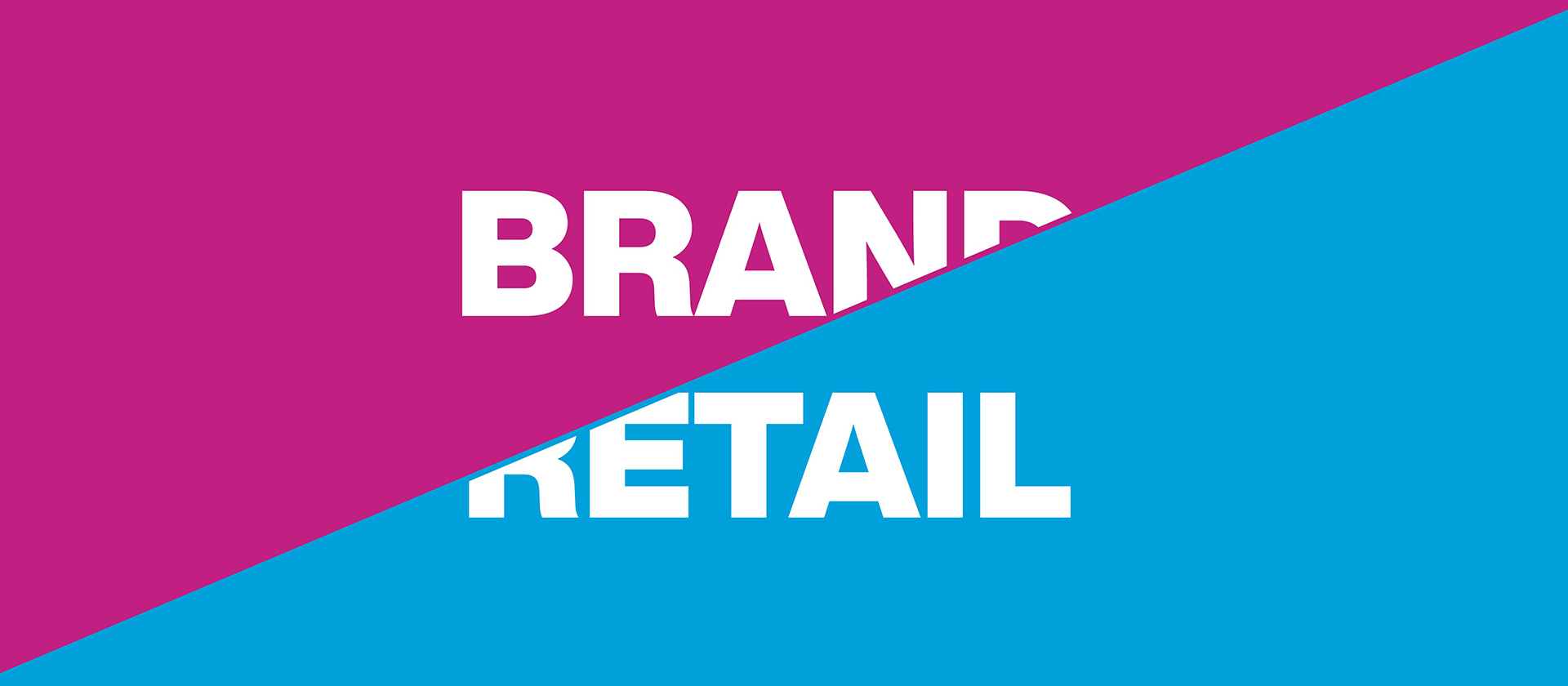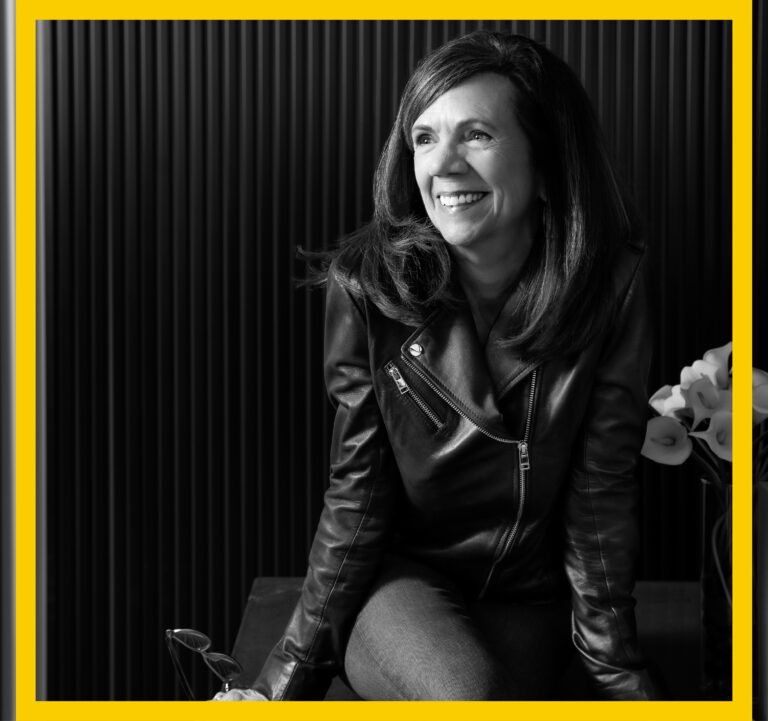×

Our Innovation Agent, Scott Jeffrey, explores how future retail experiences will have to evolve once shopping for humanoid robots becomes commonplace.

Day in and day out, the team at ChangeUp collaborates with retailers to create solutions to engage customers, so we feel we have the authority to throw up a timeout to all of the publications pushing tortured headlines of “Retail is Dead.” Brick and mortar is only one prong in the execution of a brand, which raises the question—is the problem really contained within four walls or is there a much larger problem at the core? Did Bed Bath & Beyond and JCPenney or the host of other retailers to recently declare bankruptcy really do so solely because of problems within retail?
We’d argue that ‘retail’ has taken the brunt of the blame and as a result, developed an unfair bad rap. By no means are we saying retail is not a problem. Various phrases along the lines of ‘Retail isn’t dead, just boring retail is’ recurrently appear in news coverage. But what about boring brands? Or irrelevant, indistinct, or downright archaic ones? A physical presence can certainly be a key player in the growth of a brand, but if the brand itself is broken, then the problem extends beyond retail sector woes. Brand is, after all, the conductor that determines how the instruments play—if the conductor is weak then the performance falls apart.
There are a whole host of pitfalls that can cause a retailer to fall off the rails and find itself being coined as ‘the next Blockbuster.’ But what can be done? As believers in and creators of both brand and retail, we at ChangeUp are in a unique position to know first-hand the challenges in executing both separately, let alone together as they should be. The following are obstacles we’ve witnessed organizations face in their ‘retail brand’ building efforts.
Brand often lives as a strategic model buried within a dated PowerPoint presentation. A bunch of words strung together that sound nice but are rarely activated upon. Moreover, there is a gap that tends to happen between strategic thinking and creative activation, which leads to fragmented execution—trust us, we’ve completed enough brand audits. When discussing the future of a brand and developing a go-to resource that internal and external partners are tasked to follow, it is crucial to not only clearly articulate what the brand believes and who it is for, but also how those principles come to life. If a coach were to say ‘we need to win this game’ but not be able to give the team the playbook on how to win, they better hope their opponents are terrible. In the real world, competition is fierce. Relying on competitive brands being in worse shape than your own is a surefire way to crash and burn.
Speaking of the gap that occurs, here is where it begins. Siloed organizations create an environment in which the left hand (brand) is doing one thing and the right hand (retail) is doing another. So often marketing teams who typically own brand projects are not included in store design initiatives. And vice versa; store design leaders are not brought to the table for brand discussions despite the store being a primary execution of the brand. Stores that do not accurately reflect the brand, and strategies that do not take into account the store, leads to a breakdown in brand experience for the customer. Speaking from past project successes, companies who invite a cross-functional team to the table not only establish a more cohesive brand across all consumer touchpoints, they also tend to generate more progressive ideas which translate to increased engagement and ultimately sales.
Scenario: a well-established retailer is going through a brand evolution project. Everything about the brand sounds amazing in flowery language used in the brand narrative and looks so dang hot on a crispy mock-up. So, where does the breakdown happen when it comes time to make it real? The creative assets of a brand are frequently developed within the isolation of a designer’s Mac. Sometimes even by big name, big city agencies who have never bought the product, let alone set foot in the store. And thus, the tough questions are never asked—What happens when these assets need to be rolled-out into X number of locations of various age and size across the country? How about when they are being implemented by a store employee who, let’s be honest, is much less invested in the success of the brand? Knowing the brand, the product, the customer and the store is critical to success. We not only believe in brand + retail but are a rare bird that can execute both—so here is our suggestion: create and validate, build it and test, prototype and adapt—on repeat.
Traditional retailers’ focus is, just as their name suggests, on retail. There are certainly exceptions to this blanket statement—looking at you, Target. Traditionalists narrow in on SKU count and cost per square foot. We aren’t saying these don’t matter (we wouldn’t exist as a company if we did), but we are saying other metrics should also be considered in importance. As the way customers interact with brands has evolved, so too must the way we think about ROI. In an era when consumers have more power to determine a brand’s success or failure, retailers must create true value for their customers, not just sell goods. And in order to create value, there must be a firm understanding of what the consumer wants and where the brand intersects with that desire. This formula will help a retailer to see beyond the blinders of sales data to determine where to invest that will have the greatest impact on customer experience, the ultimate dictator of loyalty and retention.
In the end, it is not an either-or situation on ‘retail’ or ‘brand’ taking the fall for a company’s demise. Lasting success stems from both, working together, to deliver the best customer experience possible.


